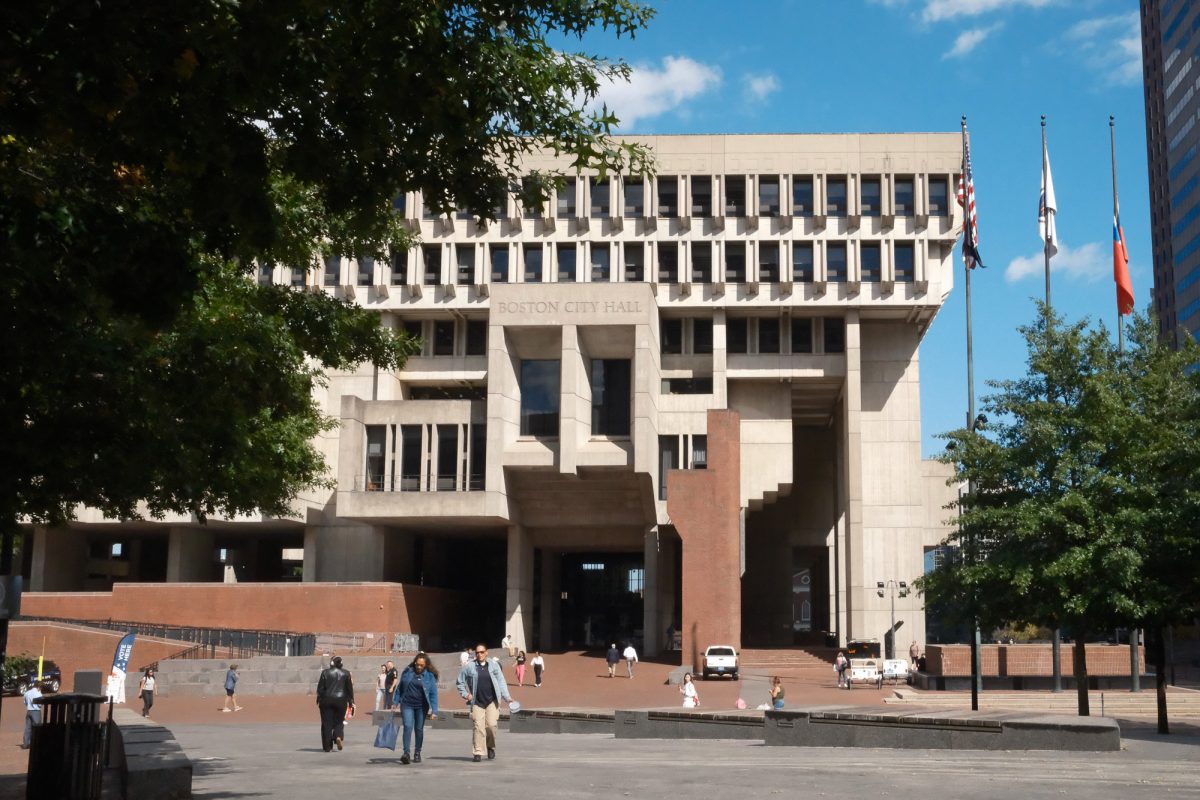After enduring a decade of the Big Dig, Boston is finally preparing for the Big Fill.
The ultimate goal of the Big Dig, or the mammoth Central Artery/Third Harbor Tunnel Project, is to bury Interstate 93, which currently cuts the city off from the North End and waterfront. When the process is complete the former highway will be a 27-acre swath of open land, and organizations are already competing for its future.
A legislative panel composed of representatives from the Parks and Environmental Affairs Department joined Boston public park supporters at the State House to discuss development plans.
Jay Wickershan, a representative of the Executive Office of Environmental Affairs, urged the members to carefully consider what is called “open space.”
The current plan designates 75 percent of the freed land for “open-space” areas that are accessible to the public. The freed land is further designated into parcels for different uses.
“Open space is the first priority of this plan. We hope that the open land will provide space for recreational areas and parks,” Wickersham said.
However, the plan contains discrepancies, he said. The phrase “open space” is an umbrella term that includes land used for kiosks, carousels and mall food courts — not just green park areas.
Of the total freed land, 45 percent will be reserved for community groups and 15 percent for park structures like gymnasiums and concerts. The remaining 40 percent could be true open space, he said.
But since the plan is approved, the next big issue to face the state is management and supervision of the new land. All three park advocacy groups called for central management as opposed to subdividing the land.
“All parks are controversial and different. In the Central Artery park, as in any other public park, organization and public input is key,” said Bob Weinburg, the representative for the Friends of Post Office Square.
“No past park can serve as a perfect model, but I believe … it would be a shame to see the parcels of land owned by separate corporate bodies. There needs to be a sense of unity and overall organization,” he said.
The Central Artery park will extend linearly over much of Boston and is more complicated than other city parks due to its sheer size and layout, Weinburg said.
“Any park of this size can be run effectively if and only if there is overall control. The management of the park has to be a check-and-balance system where the city ultimately has the final say,” he continued.
Before the land can be used and developed, the city must complete there environmental and public reviews. The Central Artery project began this process in the early 1980s.
The $14-billion Big Dig project began construction in 1991. In addition to burying I-93, the project will create tunnel access to East Boston and a 1,457-foot cable-span bridge connecting the FleetCenter at Causeway Street with connections to I-93 and Route 1.






















































































































